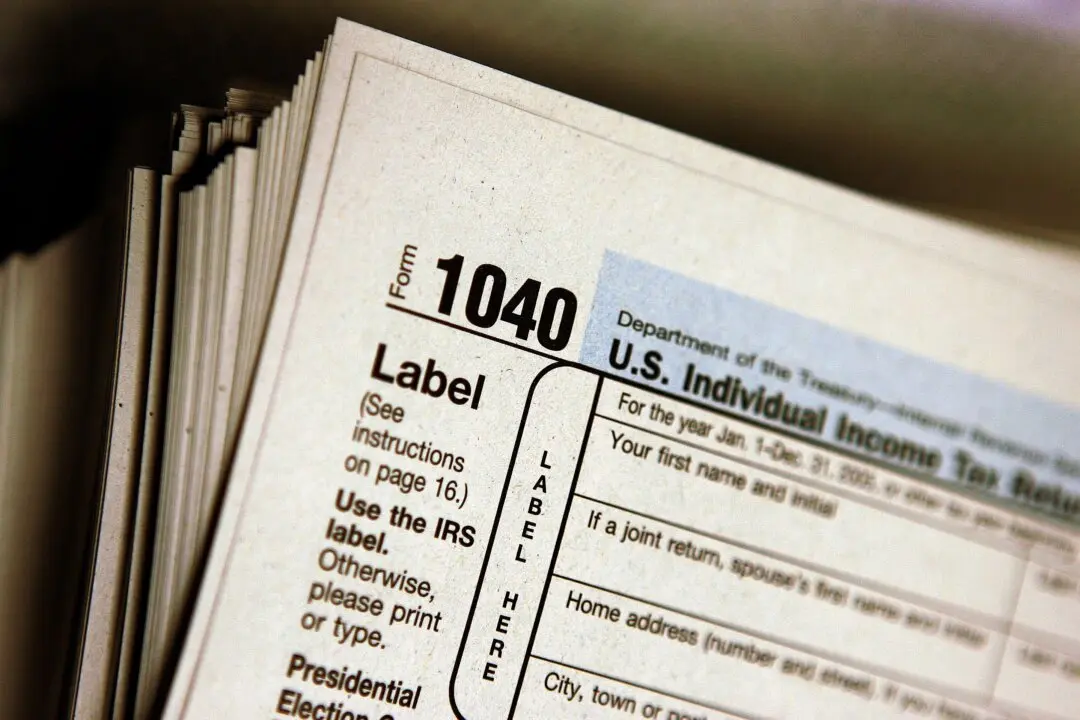The IRS announced on Oct. 21 that it would raise the amount that Americans can contribute to 401(k) and similar retirement saving plans by a record 9.8 percent amid decades-high inflation.
Starting in 2023, Americans can contribute as much as $22,500 into 401(k), 403(b), the federal government’s Thrift Savings Plan, and most 457 retirement plans, according to the IRS’s announcement. That’s $2,000 more than the current contribution limit of $20,500, it said.





